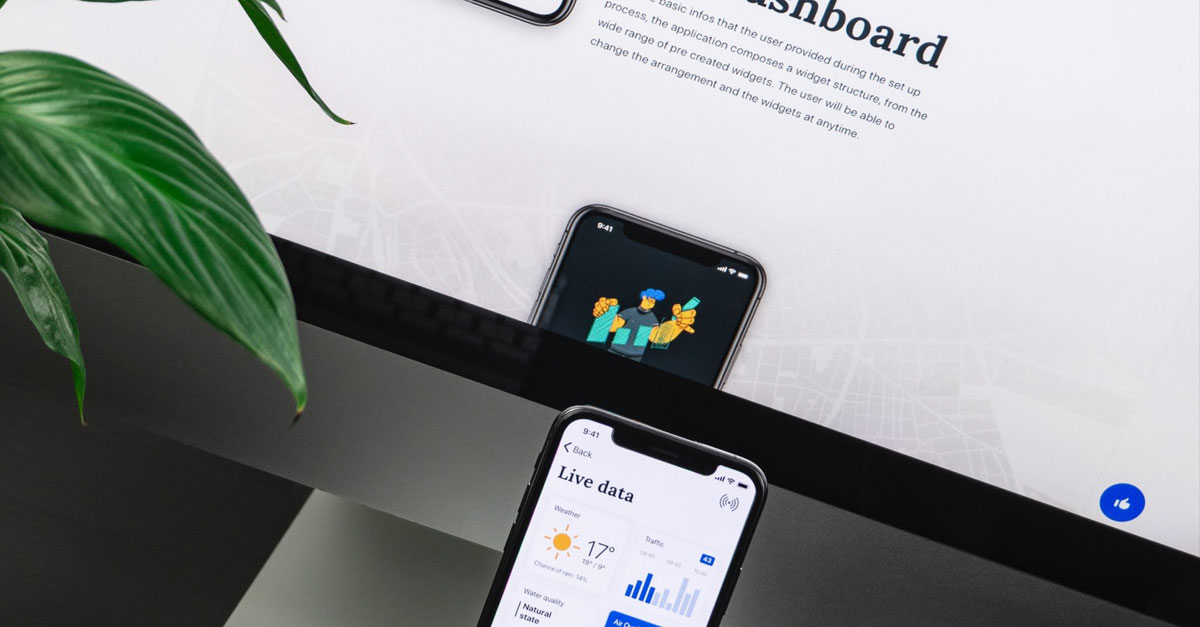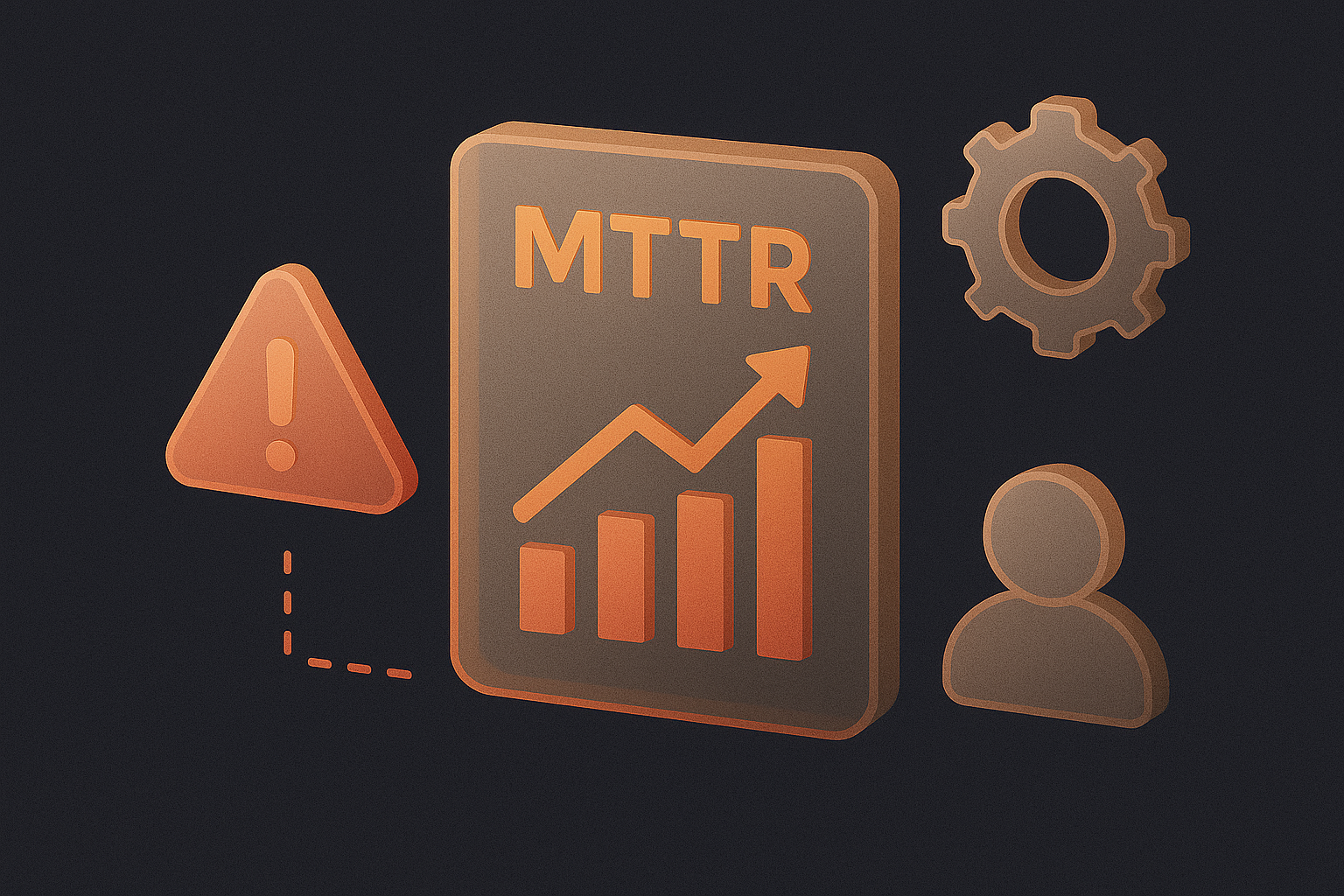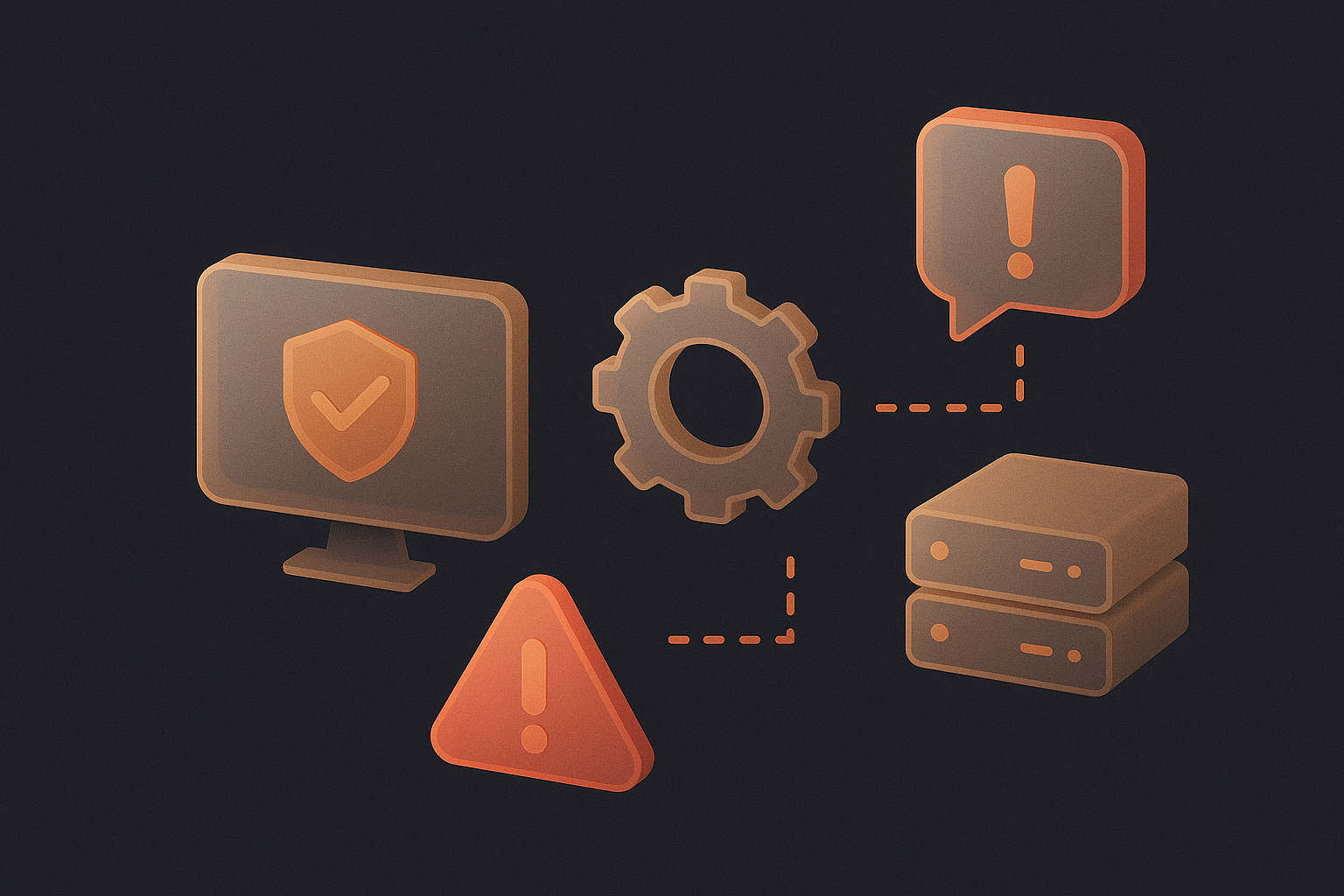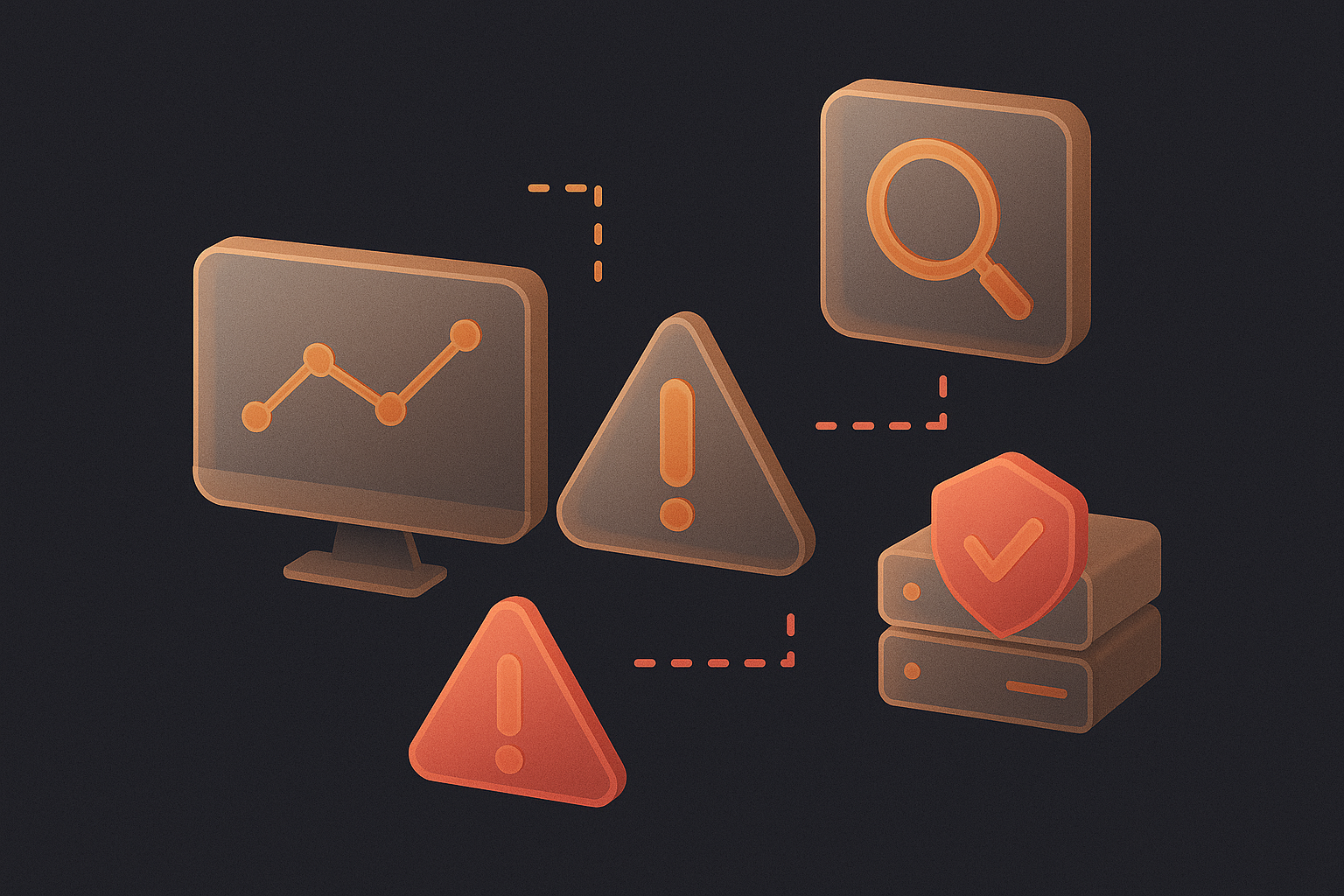Application performance monitoring (APM) solutions can help your business enhance its IT and grow its operations. To understand why, let’s answer some of the key questions surrounding APM.
What Is Application Performance Monitoring?
APM involves the use of technologies and tools to maintain consistent application availability, performance, and response times. So, your business can use APM solutions to monitor apps across its operations. This can help you identify app issues, correct performance issues, and ensure that end-users can enjoy a seamless experience across your IT resources.
With APM solutions, your business can evaluate and troubleshoot app issues. These solutions ensure your IT team can access data and insights that shed light on the relationship between app issues and business outcomes. Plus, your IT team can use APM solutions to alleviate app performance issues before they impact the end-user.
How Does an APM Solution Work?
A typical APM solution uses the following process to provide insights into an app’s performance:
1. Observation
The solution determines which apps are operating normally. If any anomalies are identified, the solution notifies appropriate stakeholders and collects data relating to the source of the problem. This helps an IT team understand why the issue is occurring, so it can take steps to immediately resolve the problem.
2. Analysis
The solution analyzes the context of an app performance issue relative to its impact on a business. It offers insights into how the issue can hamper a business’ operations. This shows an IT team assess the severity of the issue and allocate its time and resources to address the problem accordingly.
3. Repair
The solution modifies a business’ application environment based on any past app performance problems. This ensures a company can avoid ongoing app performance issues.
How Does an APM Solution Measure Application Performance?
An APM solution uses various metrics to measure app performance. These include:
- CPU Usage: Determines if CPU usage, memory demands, and disk read/write speeds impact app performance.
- Error Rates: Tracks how often app performance changes based on software error rates.
Response Times: Highlights the impact of speed on app performance. - Number of Instances: Indicates if the number of server or app instances running at once impact app performance.
- Uptime: Monitors how often an app is available and online; this metric is important to determine if a business complies with SLAs.
An APM solution lets an IT team correlate data from multiple sources. In doing so, the solution provides a single source of truth for app performance.
Do You Need an APM Solution?
There are many reasons why businesses deploy APM solutions, including:
1. Improved User Experience
A malfunctioning app hinders the user experience. If a business cannot identify and resolve an app performance issue, the problem could cause brand reputation damage and revenue losses.
By using an APM solution, a business can mitigate app performance issues before they impact the user experience. The solution also lets a company collect app performance data over time. This ensures that a business can continuously evaluate app performance insights and use them to find ways to bolster the user experience.
2. Less Downtime
Application downtime can be problematic for a business and its customers. For every second an app is unavailable, a business risks alienating its customers.
An APM solution helps a business understand why app downtime occurs and explore ways to prevent it from occurring. The solution empowers a business to identify app performance problems in their early stages, so a company can resolve issues before downtime occurs. It enables a business to leverage data and insights to uncover ways to keep its apps performing at top levels as well.
3. Increased Sales
If business apps perform as expected, the company and its customers can enjoy their benefits. In fact, a business that provides apps that are user-friendly and perform consistently is well-equipped to stand out from its rivals.
With an Application performance monitoring solution, a business can ensure its customers can use its apps without having to worry about any performance problems. The result: the business can use its apps to foster partnerships with customers and accelerate its sales.
What Application Performance Factors Should You Consider As You Evaluate APM Solutions?
To identify an APM monitoring solution that your business can use to effectively track the performance of its apps, you need to consider a solution that lets you:
- Calculate user satisfaction based on your apps’ average response times and error rates.
- Monitor app usage to predict and prepare for traffic spikes.
- Track physical and virtual servers to identify excessive CPU load, low storage, virtual resource allocation, and hardware issues.
- Evaluate dependencies between different app systems and eliminate potential bottlenecks.
- Assess your storage and resource capacity to prepare for future workload management.
An APM monitoring solution should make it simple to transform app performance data into actionable insights, too. This ensures that you can use the solution to gain the insights you need to optimize app performance across your operations.
Use AlertOps with the Stackify Retrace APM monitoring Solution
Businesses can use the AlertOps alert monitoring platform in conjunction with the Stackify Retrace Application performance monitoring solution to instantly receive and respond to critical email alerts. AlertOps uses escalation policies and on-call schedules to ensure that alerts received from Stackify always reach available personnel. That way, AlertOps and Stackify help IT teams quickly and efficiently detect, investigate, and resolve app performance issues.



